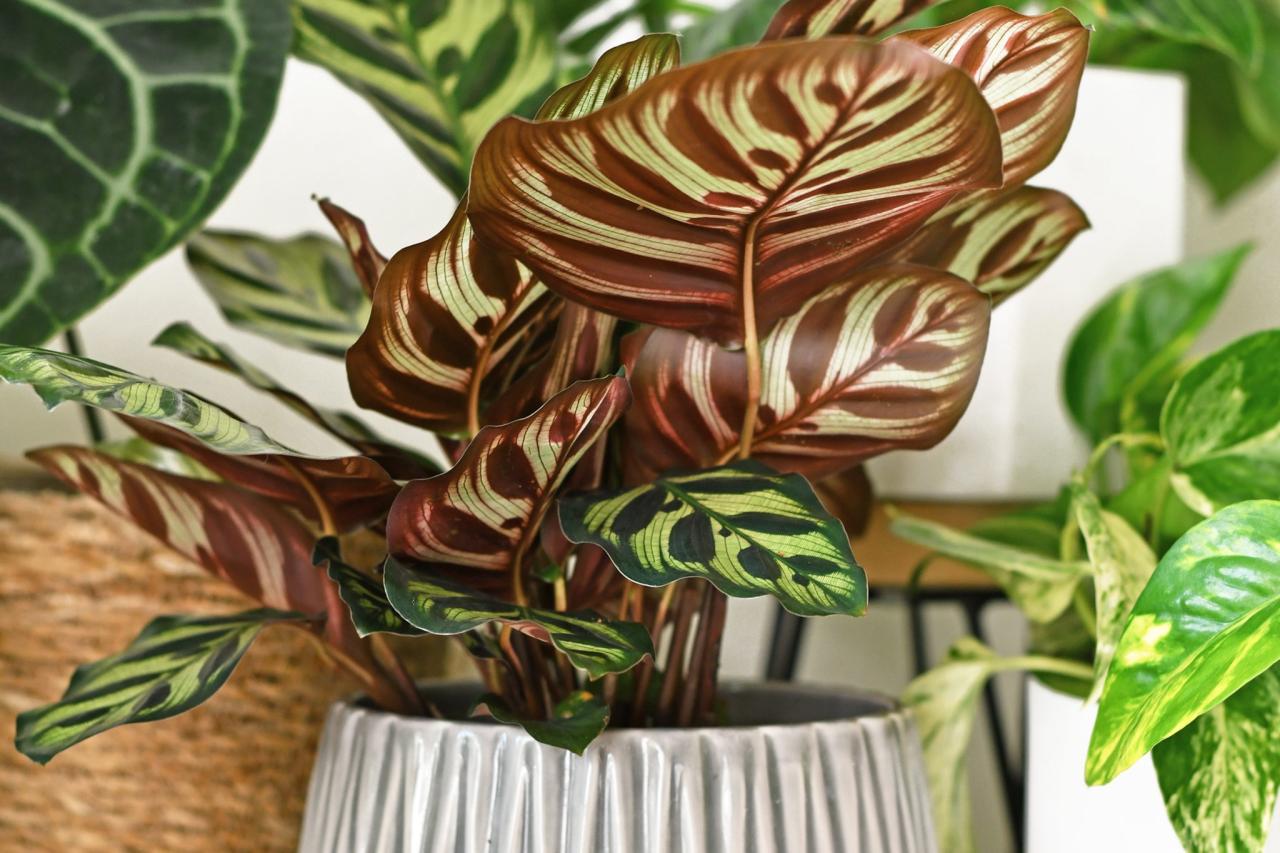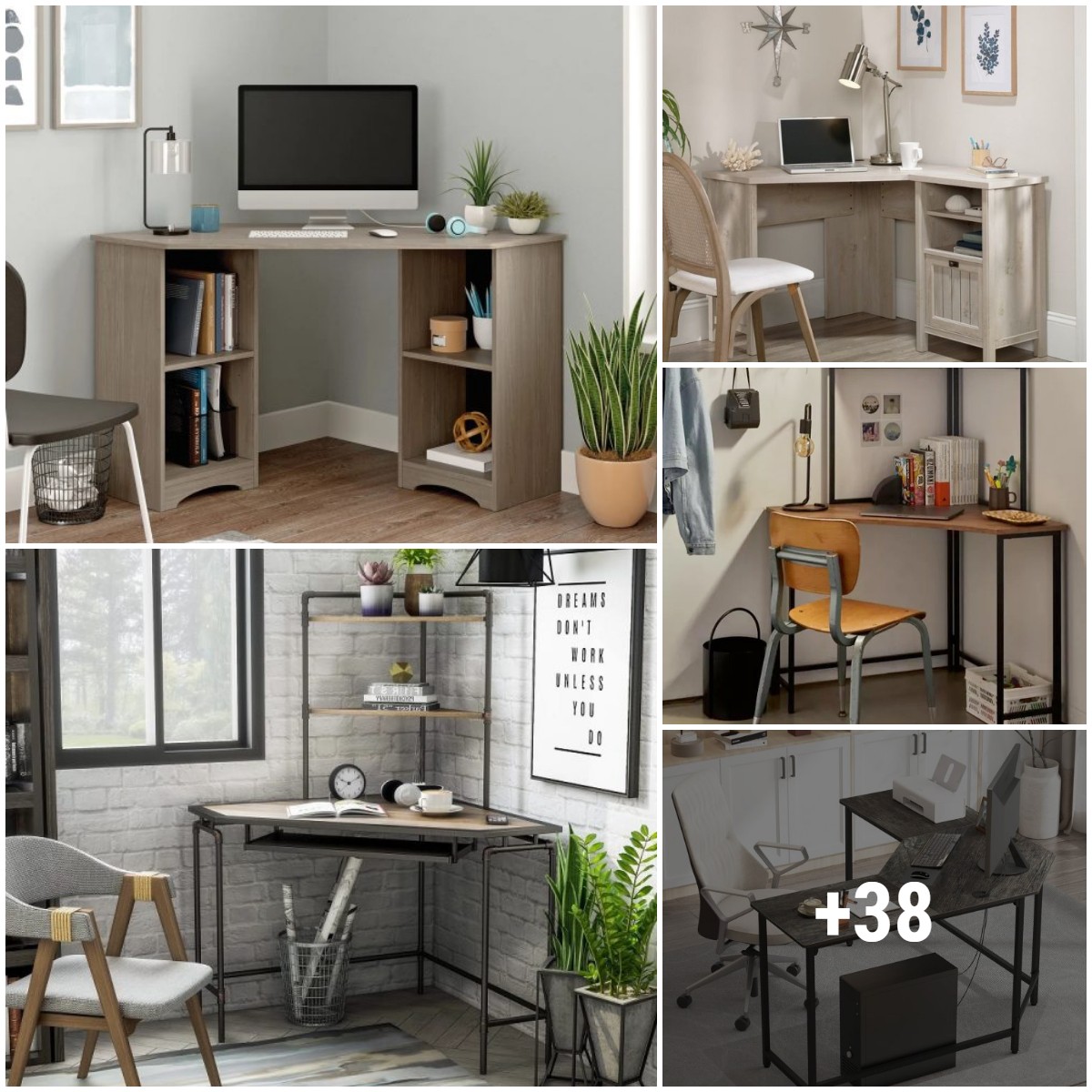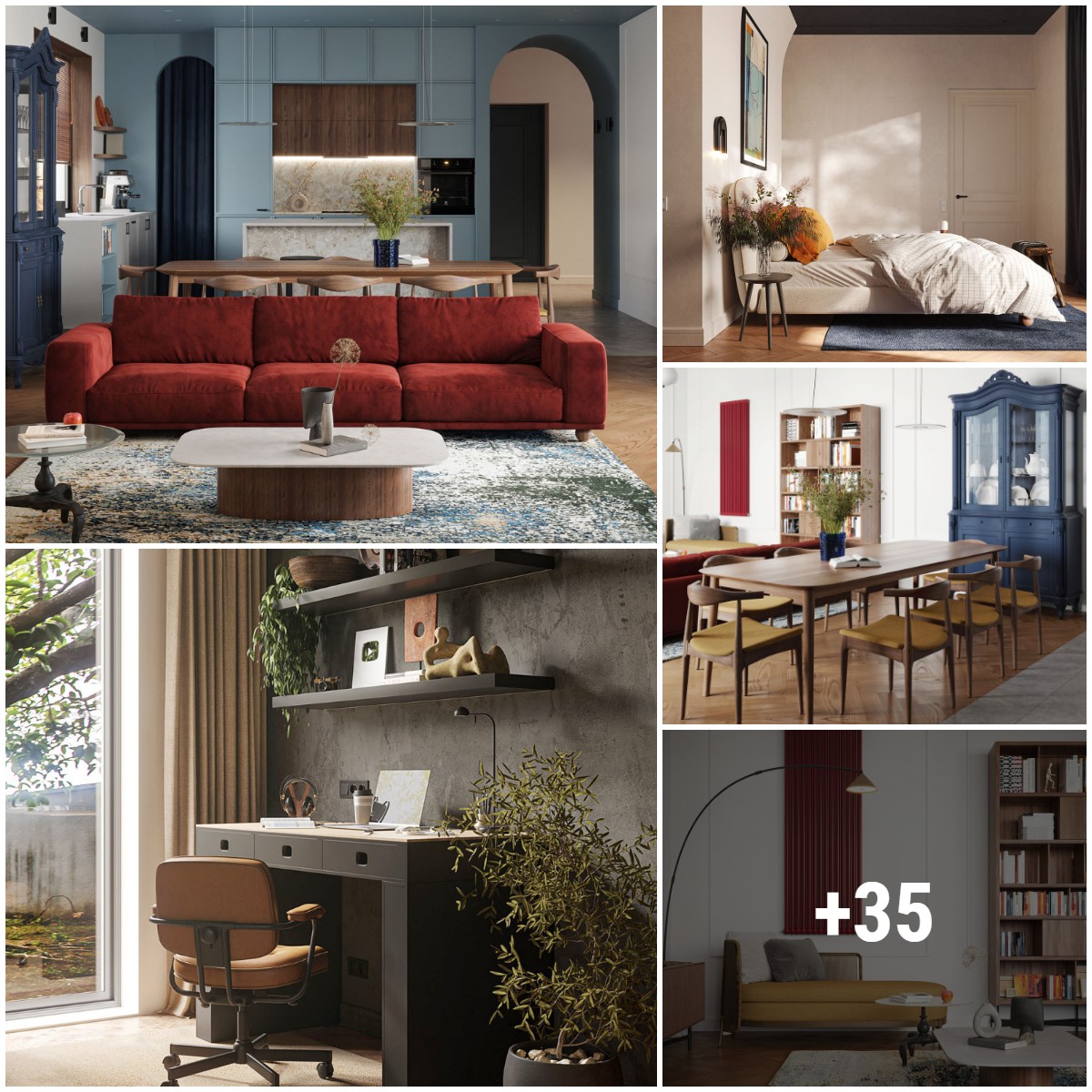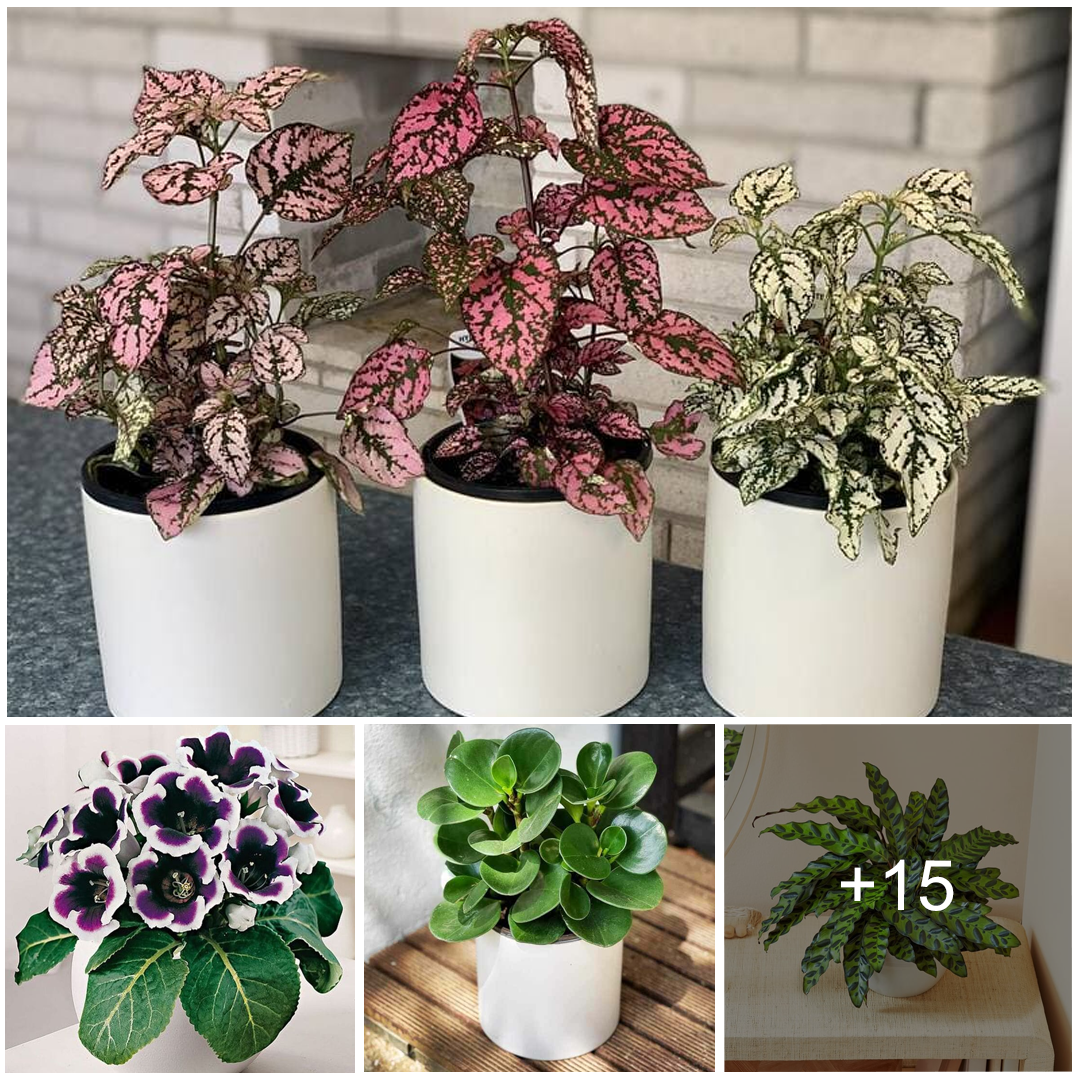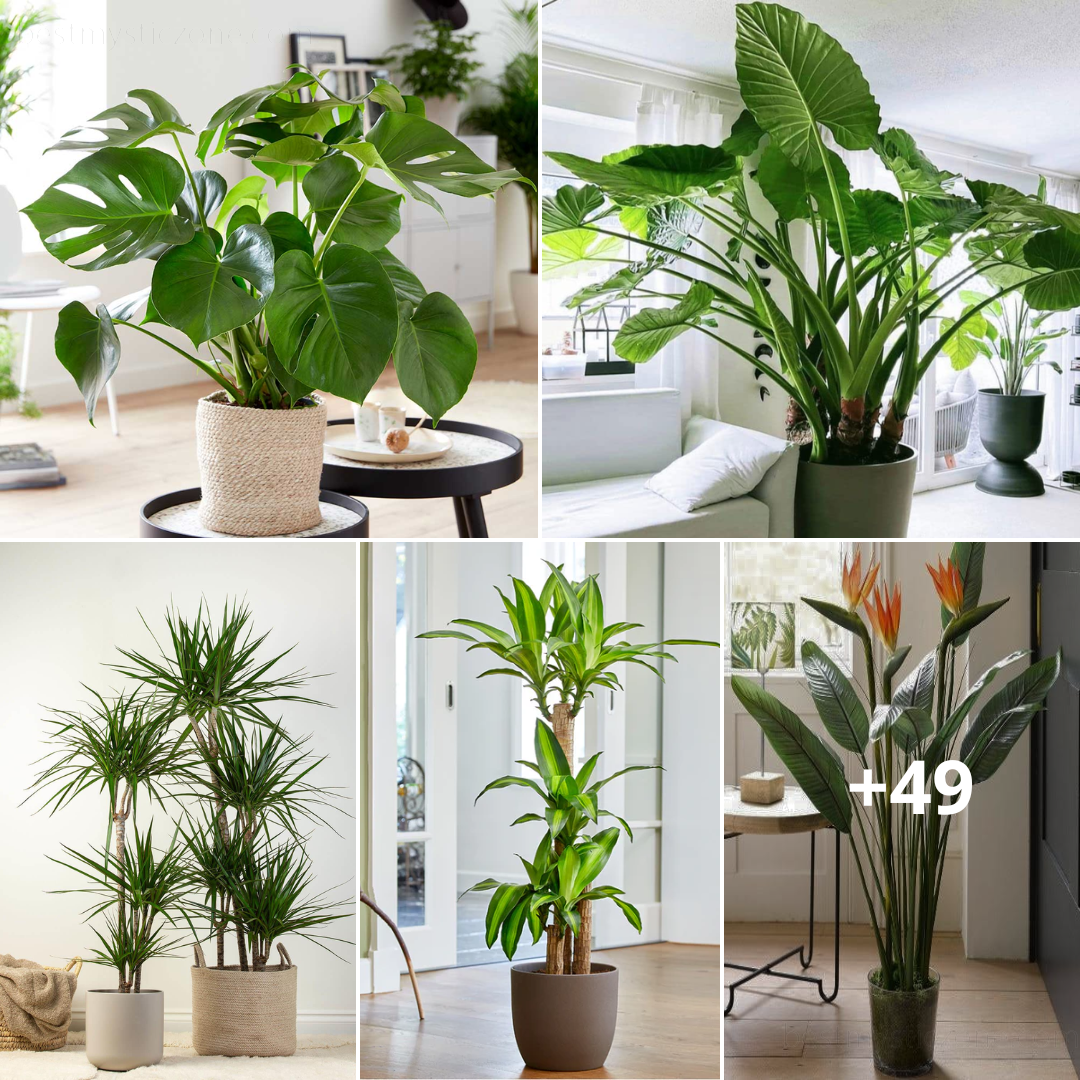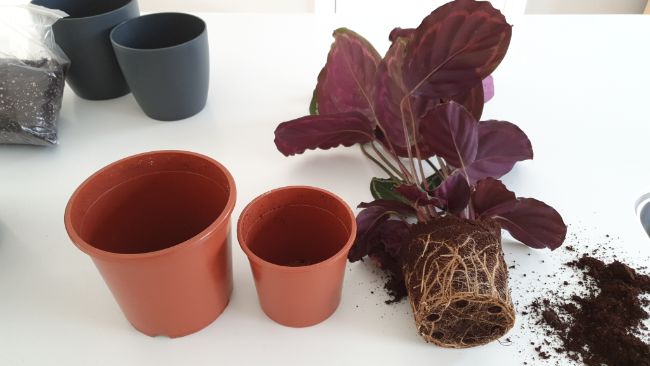
- With the new pot in front of you, add 1-2 inches (2.5-5 cm) of new pot to the pot. Then place the plant on top of this new soil and test the level of the plant. The idea is for the soil level to come up to about 0.5-1 inch (1.25-2.5 cm) from the top of the pot.
- Hold the plant in the center of the pot, add fresh soil around the plant with your hands or a trowel, fill the pot with soil. Gently firm the soil around the plant, but do not compact it too much.
- Once the plant is established in its new home, you can add a little water. Keep in mind that the roots of your new plant may not function as well for a few weeks due to the shock of transplanting. Add just enough water to make the soil slightly moist.
- Place your plant in moderate heat and light. Extremes of either will cause more stress to your plant. Try to increase the humidity as much as possible, as this reduces the risk of foliage problems in the weeks after transplanting. I generally like humidity above 60% for my Calatheas.
- Avoid fertilizing your Calathea after transplanting for at least 4-6 weeks. A sudden influx of fertilizer can cause root damage and actually make it harder for your plant to re-establish itself after repotting.
- You should not expect any new growth for at least 4-6 weeks from your Calathea as it adjusts to its new home. Hopefully after this, with more space and fresh soil, your plant will come to life and produce lots of new foliage.
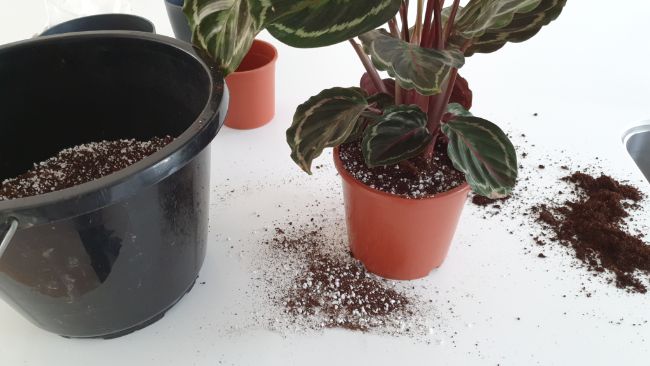
The best time to replant a Calathea is early spring, although you can replant at any time of the year, as long as you provide good conditions after replanting.
Most Calatheas take a while to adjust after repotting. Some plants may show some signs of stress on their foliage, such as brown leaf edges, or yellowing of lower leaves.
Repotting in the spring puts your plant into a rapid growth phase, so after an adjustment period it should produce plenty of healthy growth throughout the growing season. You can then prune away any damaged or aesthetically unpleasing foliage, helping your plant get back to its best very quickly.
Why wouldn’t you increase the pot size too much when repotting a Calathea?
Calatheas are quite prone to root rot, and the amount of soil in a pot, relative to the size of the plant, is a major risk factor for overwatering and root rot. If you put your Calathea in a much larger pot, the soil will remain moist for a long time after watering.
Why are Calatheas at risk of being overwatered after transplanting?
There are several factors that increase the risk of overwatering and root rot after replanting a Calathea.
- The roots of your Calathea usually do not function as well for a few weeks after replanting, reducing the plant’s ability to take up water.
- The increased amount of soil takes longer to dry out, providing prolonged, moist conditions around the roots.
- The roots have not yet grown into the new soil, so this further increases the time the soil remains moist.
All of these factors allow the roots to sit in moist, poorly aerated soil, increasing the risk of root rot.
The best way to prevent this is to avoid increasing the pot size too much when repotting, be careful not to over-manipulate the roots and water your Calathea lightly after repotting. Check your plant every few days and just keep the soil slightly moist.
Although I repotted this plant in a plastic pot, sometimes terracotta pots are a good option because they are porous, and the soil dries out faster, reducing the risk of overwatering. You can read about the pros and cons of different potting materials in this article.
Calathea Repotting Shock
If your Calathea wilts spectacularly within 1-2 days of transplanting, this is a sign of transplant shock. This is because the roots stop working due to the stress of the transplant experience.
Transplant shock often leads to plant death and is the main reason why replanting Calatheas must be done carefully. Providing high humidity, moderate lighting and keeping the soil only slightly moist is the best way to support your plant’s recovery.
If your plant is recovering from transplant shock, it is likely that many of the leaves will develop signs of damage such as brown edges or spots, or you may see some yellowing of the lower leaves.
If your plant takes up, just be patient and give the best care you can. After a while it will produce new, healthy leaves and you can then prune the damaged leaves as you wish.
What soil to use when replanting a Calathea
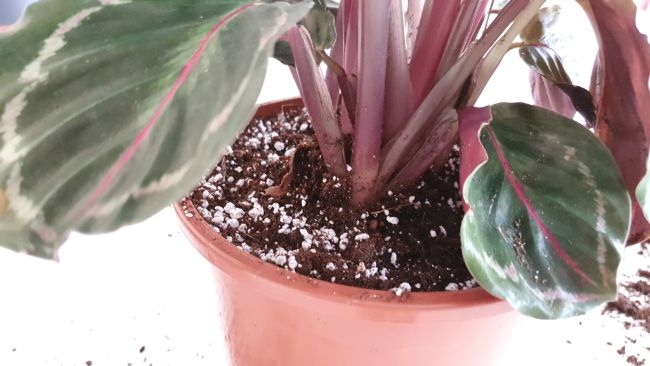
As shown in this example, my Calathea was potted in pure peat moss when I bought it from the store. Peat is good at retaining moisture and drains quite well at first. But after a while it becomes too compact, leading to soggy soil that drains poorly, making the roots vulnerable to root rot.
Most potting soil is formulated for water retention and often does not drain well enough for many houseplants. If you are using a regular potting mix, simply add perlite, pumice or gravel to the potting mix to improve drainage and aeration.
The ideal soil mix contains a combination of organic matter and inorganic drainage agents. Here are some good suggestions:
- I like to use a mixture of 50% peat or coir, 40% perlite and 10% compost for my Calatheas. Coco coir is preferred as it is more durable.
- A mixture of 60% potting mix and 40% perlite is a good option.
- 10% Worm Casting, 25% Perlite, 35% Coconut, 25% Orchid Bark, 5% Charcoal is a great blend that provides excellent moisture retention, drainage and nutrients.
- You can too buy specialist Calathea potting mixes from Etsy (Link to Etsy). These can be really handy if you want to provide a perfect environment for your plants, but you’d rather not make your own.
If you want to learn more about making or choosing potting mixes for your houseplants, you can read my article which covers everything you need to know.
Calatheas like to be rooted
Calatheas do not like to be root bound and grow best when they have room to grow and thrive. Keeping them in a pot that is too small will limit their growth.
Many people think they prefer to be root bound because they often struggle for a while after being transplanted. It is also more common to have problems related to overwatering when your plant is in a pot that is large in relation to the size of the plant.
You should repot your Calathea when it shows signs of becoming heavily rooted, but be careful during and after repotting to prevent problems.
Why does my Calathea have tubers or bulbs on the roots?
When replanting your Calathea, you may notice swollen nodules on the roots. These swollen tubers are actually rhizomes and are a type of specialized stem. New roots and leaves grow from these rhizomes. If you see lots of healthy swollen rhizomes when you repot your Calathea, that’s a sign of a healthy plant.
